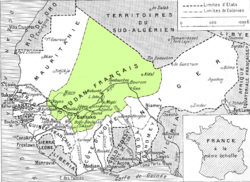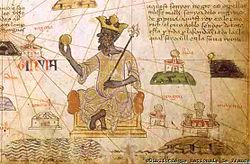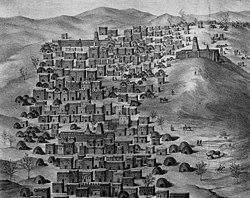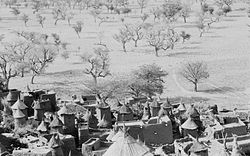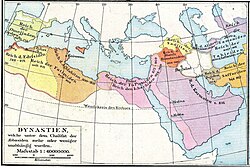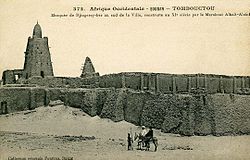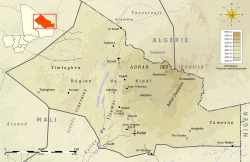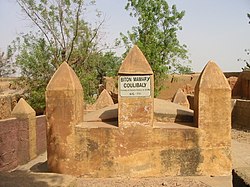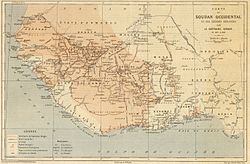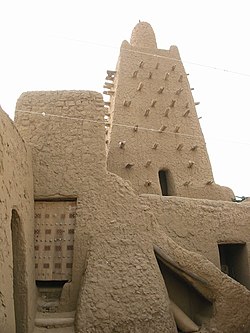The Beginner’s Guide to Commercial Transactions (The Protection of Individuals in Commercial Transactions)
Arabic calligraphy; Arabic manuscripts; Arabic poetry; Islamic manuscripts; Timbuktu manuscripts
Relevante Bilder
Relevante Artikel
Geschichte MalisDie Geschichte Malis umfasst die Entwicklungen auf dem Gebiet der Republik Mali und historischer malischer Reiche von der Urgeschichte bis zur Gegenwart. Die vorschriftliche Geschichte Malis reicht derzeit etwa 150.000 Jahre zurück, während schriftliche Quellen erst mit der Islamisierung ab dem 8. bis 11. Jahrhundert einsetzen. Dabei war die Besiedlung vor dem Beginn der produzierenden Lebensweise und auch lange Zeit danach in überaus hohem Maße von der stark schwankenden Ausdehnung der Sahara abhängig. Ab etwa 9500 v. Chr. stellten Jäger und Sammler Keramik her, später wurden Rinder domestiziert und Schafe und Ziegen aus Westasien eingeführt. Um 2000 v. Chr. lebte man im Süden des Landes ganz überwiegend vom Ackerbau, insbesondere von Hirse und anderen Grassamen; nach 800 v. Chr. kam Reis hinzu. Im Binnendelta des Niger entstand aus eigener Wurzel eine Stadtkultur um 300 v. Chr., wobei die Stadt Djenne-Djeno bis zu 33 ha groß wurde, der Dia-Komplex umfasste etwa 100 ha. .. weiterlesen



